Defence Minister Maria Eagle has confirmed that the RAF’s new E-7 Wedgetail airborne early warning aircraft is flying under a standard Military Permit To Fly during testing, and not under any form of “special clearance.”
Responding to a series of parliamentary questions from Mark Francois MP, Eagle stated: “The Wedgetail is not flying under any special clearance. The aircraft Test and Evaluation programme is being conducted under a Military Permit To Fly in accordance with Military Aviation Authority regulations.”
She added that this certification allows Boeing to operate the aircraft during trials, with full Release to Service to follow upon delivery.
Eagle also clarified that the aircraft’s radar and battle management systems were not active during the 10 July test flight. “This flight was a post-modification test flight to confirm the aircraft systems function correctly. Mission system testing will commence in autumn 2025 as part of a planned Test and Evaluation schedule.”
Asked about international developments, including NATO’s potential acquisition of Saab’s GlobalEye platform, Eagle said: “Procurement decisions by any other NATO nation are fully a matter for that nation and NATO.” She reaffirmed the UK’s commitment to Wedgetail, citing its superior performance. “Wedgetail has superior speed, range, persistence and crew capacity over alternative platforms. Furthermore, the Wedgetail has a more powerful radar with increased detection capability providing far earlier threat detection against more challenging targets at range.”
Contrary to speculation that the aircraft would be supported overseas, Eagle confirmed the UK fleet will be maintained domestically. “The UK E-7 will be supported and maintained in the United Kingdom. Following the approval of the Full Business Case, the sustainment contract is under negotiation.”
When asked about South Korea’s reported exploration of alternatives to its own E-7 fleet, Eagle responded: “Procurement decisions by any other nation are fully a matter for that nation.”


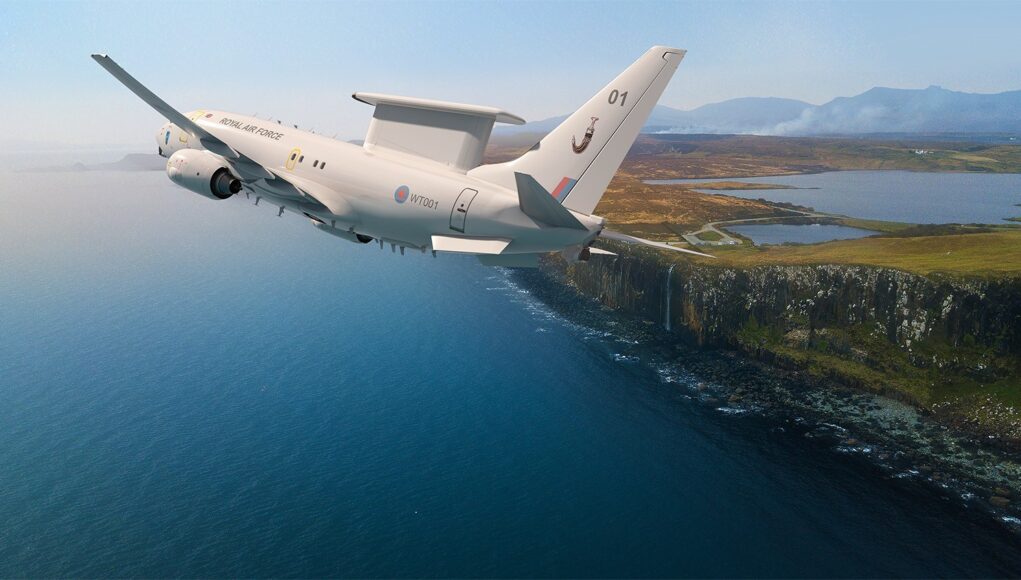
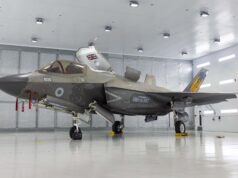
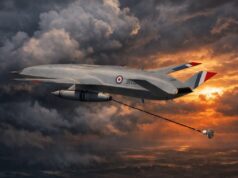

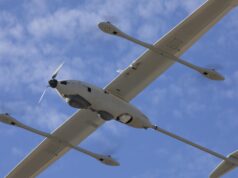


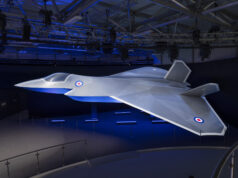




Not sure why anyone would be making an issue of this. If the RAF cannot be trusted to establish the basis upon which planes are in the air we are in a desperate place. Let them get on with it.
I read she was at Boscombe recently. I’d have liked to get down there, I used to go there quite a bit.
That will have had to be more about setting up the radar in the instrumented hangar I would guess?
Haven’t the foggiest.
A selection of new fast jet trainers have also been on trial at Boscombe. 👀
Ooo, I missed that mate.
I wouldn’t be surprised if we go for the Italian M346. Good performance.
NATO potential acquisition of GlobalEye? I thought NATO had already committed to Wedgetail; is that now up in the air again due to US abandonment of the programme?
NATO’s E7 were going to be the US version and supported by the USAF. If the USA doesn’t operate or manufacture E7 then the NATO deal can’t move forward.
NATO could switch procurement to the UK version and have it manufactured in the UK but I suspect they won’t.
NATO may end up being just as crippled as the USAF worrying about sci-fi wars of the 2050’s against a hypothetical China and cutting vital capabilities today that are completely survivable against an aggressive Russia.
Increasing the E7 fleet is the number one thing the UK can now do both for its own defence and the cohesion of NATO as well as any future US lead interventions. A fleet of atleast 7 should be procured no matter what has to be cut to pay for it although the extra four aircraft will only cost about £2 billion.
Even if the USA manages to get its low earth orbit sattelite array working, a giant flying AESA radar with ten controllers onboard will always be useful.
It might have survivability issues in the first day of a fight over the Taiwan straits in the 2040’s however it’s going to be vital in any other fight. Incorporation of MTI satellite system will only improve the E7’s performance not replace it. The sattelite will provide enhanced early warning to the E7 while’s its MESA radar provides fidelity to the local air picture.
I can’t disagree with any of that Jim. We have had decades worth of hype over satellites yet generally rarely been the gold standard their proponents claim, they are a great asset and improving but are an integral part of a bigger many stranded intelligence gathering capability. I think as you say a flying flexible high performing platform will always add depth and precision to the picture even if it declines over time, that time when it loses having much to offer is still some way off and will always be a useful back up in my opinion. That’s because we cannot presume a low earth orbit satellite network even if it’s as effective as claimed when in place can remain so over time and during a conflict. We are very conscious of the increasing vulnerability of airborne platforms through experience as well as prediction but we have virtually no corresponding evidence to base the ongoing viability of an orbital system, certainly not to the point we can exclusively rely upon it. One major factor to consider is that one of the major proponents of this orbital network has been Musk who of course would be vital in creating and maintaining it while ‘coincidentally’ is vital in keeping his company solvent, not the best way to evaluate true effectiveness of a system. That has been only backed up by the ludicrous overblown self serving promises of Musk, never fulfilled, the associated failures of Starship vital to network viability and the unexplained fact that in the past 6mths twice as many Starlink satellites have failed or deorbited as expected. Doesn’t bode well for a similar military platform especially during a conflict when reliability and performance is crucial. And that is without any efforts by enemies to disable them or render them ineffective, the capabilities of which we know very little but will only really know at the point of no return. The presumption is that they can easily be replaced, technically true but in a conflict scenario, maybe that’s optimistic especially with the state of US launchers presently, I think RocketLab might become crucial there. The very known dangers to airborne platforms may well well be repeatable with satellites (perhaps just a little delayed at best) just less well understood and thus predictable, that’s a poor line of reasoning for the preference of one platform over another. In the end layered capabilities are surely far more preferable certainly for decades yet.
I expect we’ll stick to three with AEW protectors filling the gaps.